- This feature was published in RAIL 888 (September 25-October 8 2019)
What to do when a new fleet is delayed, but the trains being replaced are still earmarked to leave for pastures new?
Cancelling trains is an option, but what if it’s a flagship route?
Run short-formed trains? Not really fair on passengers.
Look for a temporary solution? ScotRail chose the latter. And that earned the operator RAIL’s National Rail Awards 2019 Train of the Year award.
Back in early 2018, ScotRail was faced with a major problem, owing to delays with its new Hitachi Class 385 electric multiple units. The ‘385s’ had initially been due in traffic from December 2016, but were delayed for various reasons - including infrastructure and problems with the delivery process.
The plan was then to introduce the trains from December 2017, but SR had only been able to get the new EMUs onto the Edinburgh-Glasgow route from October 2017, for testing and driver training.
And that’s when things started to go wrong. Visibility proved to be a problem for drivers, with a newly designed windscreen impairing vision. The new laminated screens meant that for some drivers, the signal aspect reflections were doubled.
Ironically, the new design was there to protect drivers, as it featured reinforced glass that would protect them from objects being thrown at the trains.
Nevertheless, drivers’ union ASLEF stated that members would not drive the trains, and thus a redesign was required.
Meanwhile, ScotRail was due to hand Class 170s to Northern as part of two franchise requirements, while the Siemens Class 380s that were operating on the Edinburgh-Glasgow route were required back on the Glasgow suburban and Ayrshire Coast routes. An alternative solution was needed.
Further south, Govia Thameslink Railway(GTR) was dispensing with its Class 365s. These four-car 100mph EMUs were being replaced on Great Northern services following the introduction of 115 Siemens Class 700s on the Thameslink network, which included extensions to Cambridge and Peterborough.
With no immediate future, the ‘365s’ were placed into warm storage, despite still being leased by GTR from Eversholt Rail Group. Sets were sent to Potters Group at Ely until a new operator could be found. These units dated from 1994-95.
ScotRail identified that these could be the solution to the need for additional rolling stock, and it was determined that ten Class 365s could reliably support eight diagrams.
A project team was mobilised at the end of February 2018, to introduce the new fleet by July 19 2018. This was necessary because the Class 170 diesel multiple units were due off-lease on July 31 that year, but by introducing the ‘365s’ a few days earlier, SR could use the displaced ‘170s’ to provide extra services for the Open Golf tournament at Carnoustie.
The deal negotiated was for four Class 365s sub-leased from GTR for modification, testing and training. A franchise variation was agreed with Transport Scotland, so that the ‘365s’ were recognised as being the equivalent to the ‘385’ for the purpose of delivering franchise commitments. This enabled the older EMUs to be introduced with no additional subsidy.
SR set about training 50 drivers, 30 depot operators and 120 conductors on the ‘365s’, as well as running courses for dispatch, cleaning and hospitality staff. A maintenance team was contracted and trained regarding fault-finding and exams, while ten staff received more in-depth training.
This enabled the first ‘365s’ to enter traffic some three weeks earlier than planned, with 365517/537 operating the 2230 Glasgow Queen Street-Edinburgh Waverley and 2330 return on June 23 2018. This meant SR was able to identify and remedy any initial problems that surfaced.
From July 19, half of the E&G services were operated by Class 365s. The eight-car sets replaced a mixture of three- and six-car DMUs and provided an additional 17,200 seats per day.
SR branded them ‘Happy Trains’ because of their light cluster design, and this seemed to prove popular with passengers on social media. The SR award submission stated: “The drive and determination to get the Class 365s into service as quickly as possible resulted in a significant spike in positive customer sentiment.”
The first ‘385s’ eventually entered traffic on July 23, and this meant SR was able to operate an entirely electric-operated E&G service from August 1 last year.
The knock-on effect was positive for both SR and Northern. Once the ‘365s’ were introduced, six Class 170s transferred to Northern to provide much-needed capacity on the York-Harrogate route.
SR Operations Director David Simpson explains: “This was identified as a solution to capacity problems due to the ‘385s’ being late - ScotRail needed a fleet of electric trains, and with ‘365s’ being off-lease they were the obvious option.
“A project team was formed, and some excellent teamwork by all involved meant they were introduced into service in record time.”
Simpson calls this “an outstanding example of industry collaboration”. As the ‘385s’ entered traffic on the E&G, so ScotRail used the ‘365s’ on newly electrified services to Stirling and Dunblane until enough of the Hitachi EMUs were available.
Is this the solution? Could fleets bound for storage be used in this way in the future? Simpson thinks so.
“Given the known issues with delays to delivery of new fleets, whether new-build or refurbished, the example of ‘365s’ shows what can be done to put customer needs first - there must surely be scope for more short-term solutions like this if delays cause capacity issues affecting customers. The ‘365’ example shows what can be done with the right mindset and industry teamwork.”
From the December 2018 timetable change, more Class 385s were introduced, enabling the ‘Happy Trains’ to be displaced from the E&G and instead sent onto services from Edinburgh/Glasgow Queen Street-Stirling/Dunblane.
These lasted until March 12, when more ‘385s’ becoming available meant the ‘365s’ could be removed from traffic. Last to be used by SR was 365521. After a period of store, the ‘365s’ were moved south to Crewe South Yard for storage.
On August 15, ownership of the trains transferred to Government (RAIL 886). So, who knows, perhaps they can be used in a similar situation in the future? After all, ScotRail has proven what is possible.
Judges’ comments
Hitachi Class 385 units were procured for ScotRail’s Edinburgh-Glasgow route. But an issue had been found with signal aspect reflections on account of curved laminated windscreens, potentially a major safety and industrial issue.
It was decided to replace the windscreens, but this meant a delay in introducing squadron electric traction on this route. The transfer of ‘365s’ was made as a stop-gap to allow all electric introduction, so realising the benefits of the newly electrified route in terms of additional capacity as well as cascading DMUs required for service in northern England.
This entry also demonstrates a strong commitment to service provision with good project management, achieved alongside introducing the mainstream Class 385 electric train fleet and excellent communications to staff and the public. The passengers just loved the interim “Happy Trains’.
The Scottish Class 365s
The ten Class 365s bound for ScotRail had all been removed from traffic in the first half of 2018. Initially sent north by road (the first, 365523, arrived at Springburn Works on April 22), eventually they were hauled to Glasgow Shields Road, with 365525 the first to arrive by rail on May 11. Following slight rebranding (they received blue doors and Scotland’s Railways branding), they were put into traffic.
The ‘365s’ used were 365509/513/517/519/
521/523/525/529/533/537. The last to be moved south were 365523/525 on August 6.
Government-owned trains
The Class 365s are now owned by government. While 21 sets remain leased to Govia Thameslink Railway, 19 are stored at Crewe South Yard.
Following the transfer on August 15, Eversholt Rail Group spokesman Wendy Filer told RAIL: “Ownership of the Class was not transferred to the Eversholt Rail ROSCO company on privatisation. British Railways Board had already entered into two complex finance leases for the ‘365s’ with third party banks by this point.
“On privatisation, ownership of the ‘365s’ therefore had to remain with those third party banks and, because of the terms of the finance leases, a special purpose vehicle was established outside of the wider Eversholt Rail Group of companies. That SPV was due to hold the ‘365s’ (as lessee) until the finance leases expired in July 2021.
“Following the introduction of the Class 700s on GTR, nearly half of the ‘365’ fleet had been cascaded out of the franchise. Despite our best efforts to remarket the fleet with new potential lessees (our original plan to place Class 365s on Great Western Railway Thames Valley was thwarted by cancellation of electrification, and some ‘365s’ were recently leased successfully to ScotRail as a short-term measure), it has not been possible for the SPV to make its 2019 head-lease payment.”
She adds: “This resulted in RBS Bank (the head-lessor) making a call on the pre-existing Government Guarantee and the DfT purchasing the ‘365’ fleet under documents agreed as part of privatisation.”
HIGHLY COMMENDED
Bombardier Willesden
Faced with no available trains for the Gospel Oak-Barking route from March 12 this year, owing to the late delivery of Class 710s, Bombardier agreed to shorten five-car Class 378s for this purpose.
Eight two-car Class 172/0 diesel multiple units had operated on the route, but these had begun to be transferred to West Midlands Trains as part of a franchise agreement. The Gospel Oak-Barking service was halved as software faults continued to hamper the introduction of ‘710s’.
The NRA judges explained: “The prospect was a route with no operational service for several months as no other EMUs, other than the ‘378s’, are feasible owing to Driver Only Operation equipment differences (cameras, not mirrors).
“The stations at each end of the route (Barking and Gospel Oak) can only accommodate four-car sets. The ‘378s’ are part way through a refurbishment programme, but three trains were shortened to maintain a two train per hour service (instead of a 4tph service).
“This was achieved by a change to the maintenance regime and night working. This was very much a team effort between Bombardier staff at Willesden, the train operator Arriva Rail London, and the sponsor Transport for London.
“Although Bombardier Group, with its train systems difficulties, caused this issue to arise, this should not diminish the efforts by the local Bombardier team at Willesden, Arriva Rail London and TfL working together to mitigate the situation and provide rail service.”
Siemens’ new bogie service centre, Lincoln
Siemens created the new facility on a brownfield site in Lincoln, recruiting staff locally, and initially set to work on maintaining bogies for the highly complex, high-performance Class 374 e320 bogies.
A later phase, with a much larger throughput, involves maintaining bogies for other Siemens trains in the UK, with the Class 350 and ‘450’ fleets specifically mentioned.
The NRA judging panel said: “The Train of the Year category superseded the previous maintenance category, and the judges are keen to see a continuation of maintenance items in this category.
“Such a high-volume, quick turnaround facility is a major initiative for such a major and complex component as train bogies.
“Two years to construct, recruit the team and commence operation on such a high-profile fleet is impressive, although the true test will be when large volume work commences.”

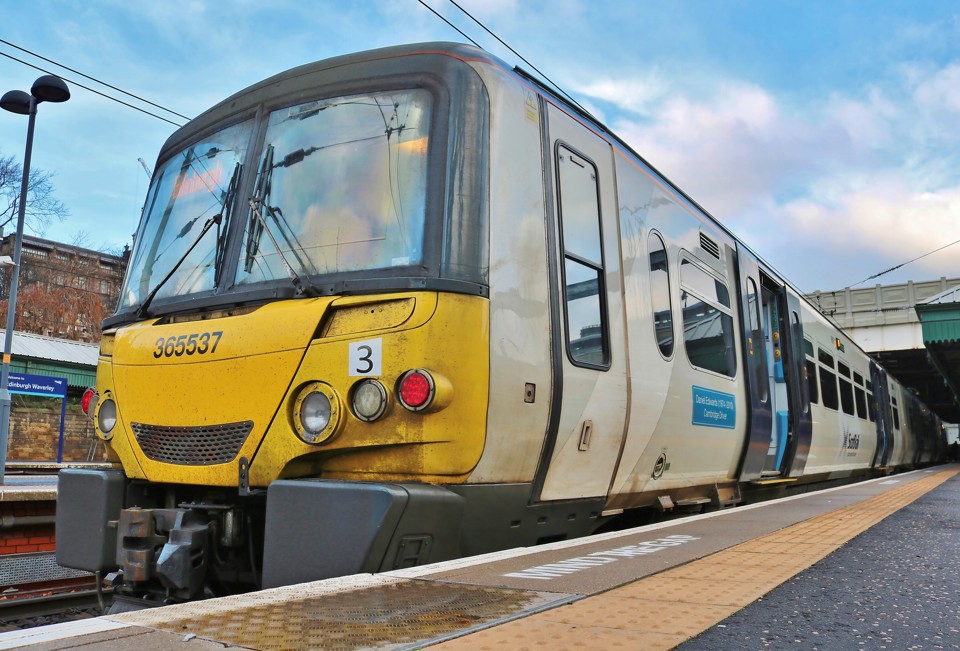
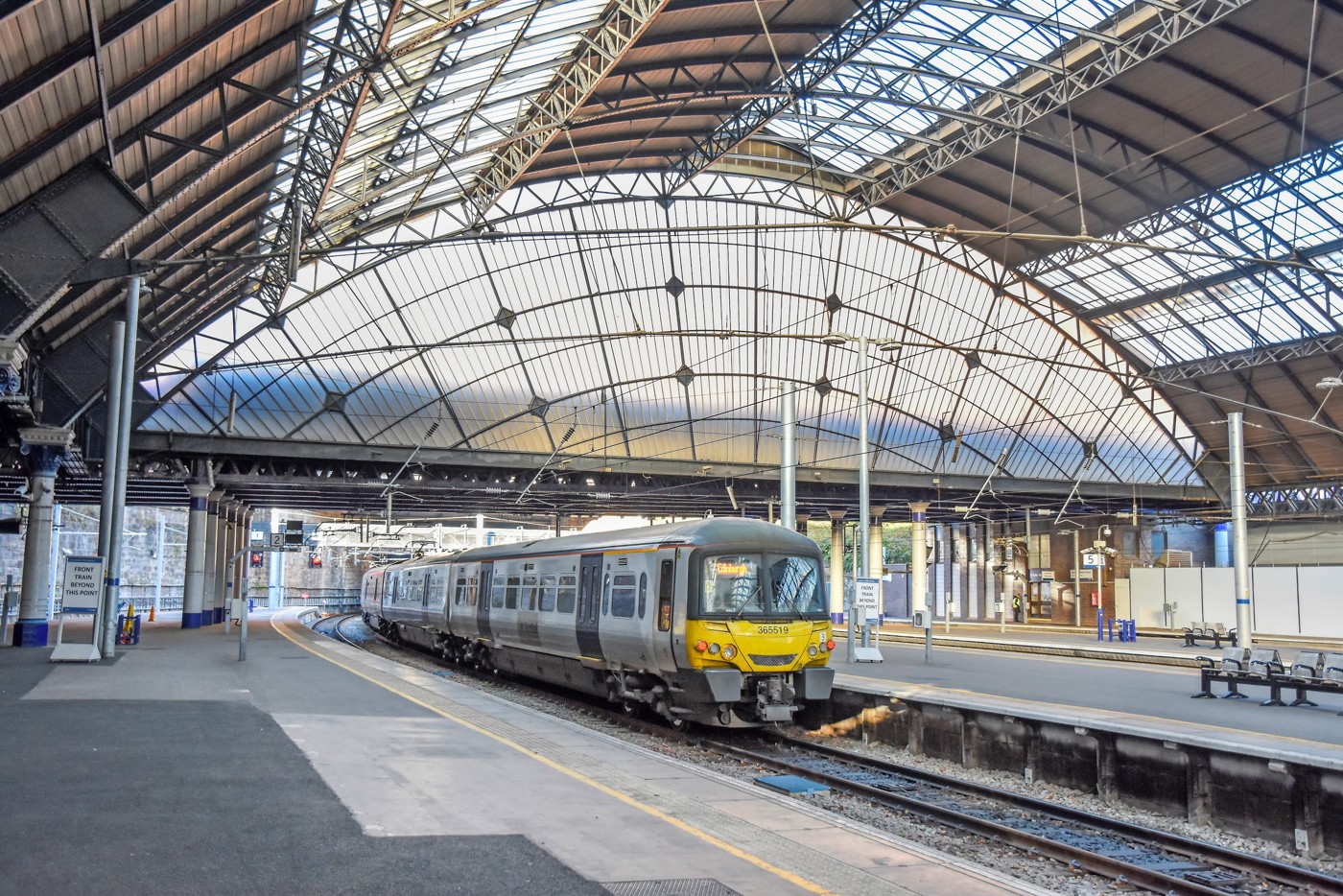
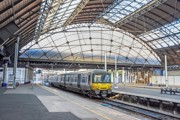
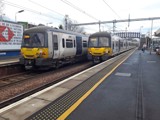
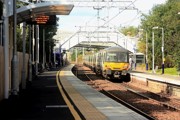
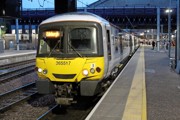














Login to comment
Comments
No comments have been made yet.